GeForce Now's New AI Image Upscaler Is No DLSS Replacement
NVIDIA's latest build of GeForce Now (version 2.0.37) adds several new image upscaling techniques, including an "AI-Improved" scaler. This should help improve the image quality of your cloud gaming experience if your game stream resolution is lower than your monitor's resolution.
There are three new image scaling categories you can choose from within GeForce Now's settings: a Standard mode, Enhanced mode, and AI-Enhanced mode -- with three sub-categories within that mode as well.
According to Nvidia, Standard is the default mode and provides the lowest latency possible by using a bilinear filter to scale content. This is a super cheap method of upscaling an image and takes almost no performance hit.
Enhanced is a slightly upgraded mode that uses a Lanczos filter to scale content. This improves image quality slightly over Standard, but in turn, results in a performance hit and adds additional system latency, according to Nvidia.
AI-Enhanced is the most aggressive option for image upscaling but requires select Nvidia GPUs or Nvidia's Shield TV to work. Like DLSS, this AI upscaler uses a trained neural network to add in detail that previously wasn't there in each frame. Just keep in mind this doesn't appear to be another type of DLSS, and it looks nothing like DLSS 2.0 or newer, as you'll see in the demonstrations below.
To unlock AI-Enhanced mode, you need to be running an RTX 30 series, RTX 20 series, GTX 16 series, GTX 1080 Ti, GTX 1080, or Titan GPU. The requirements for sub-Turing-based GPUs are odd, but we assume this AI upscaler takes significant GPU horsepower to run on GPUs that lack tensor cores, which would explain the unusual system requirements. Also, you'll need to use the GeForce Now native app for Windows 10 or newer; the Chrome version is not supported.
The image-enhancing tech runs exclusively on your host machine and only upscales your GeForce Now game stream. So it is not a replacement for running DLSS within video games.
Get Tom's Hardware's best news and in-depth reviews, straight to your inbox.
Image Quality Comparisons
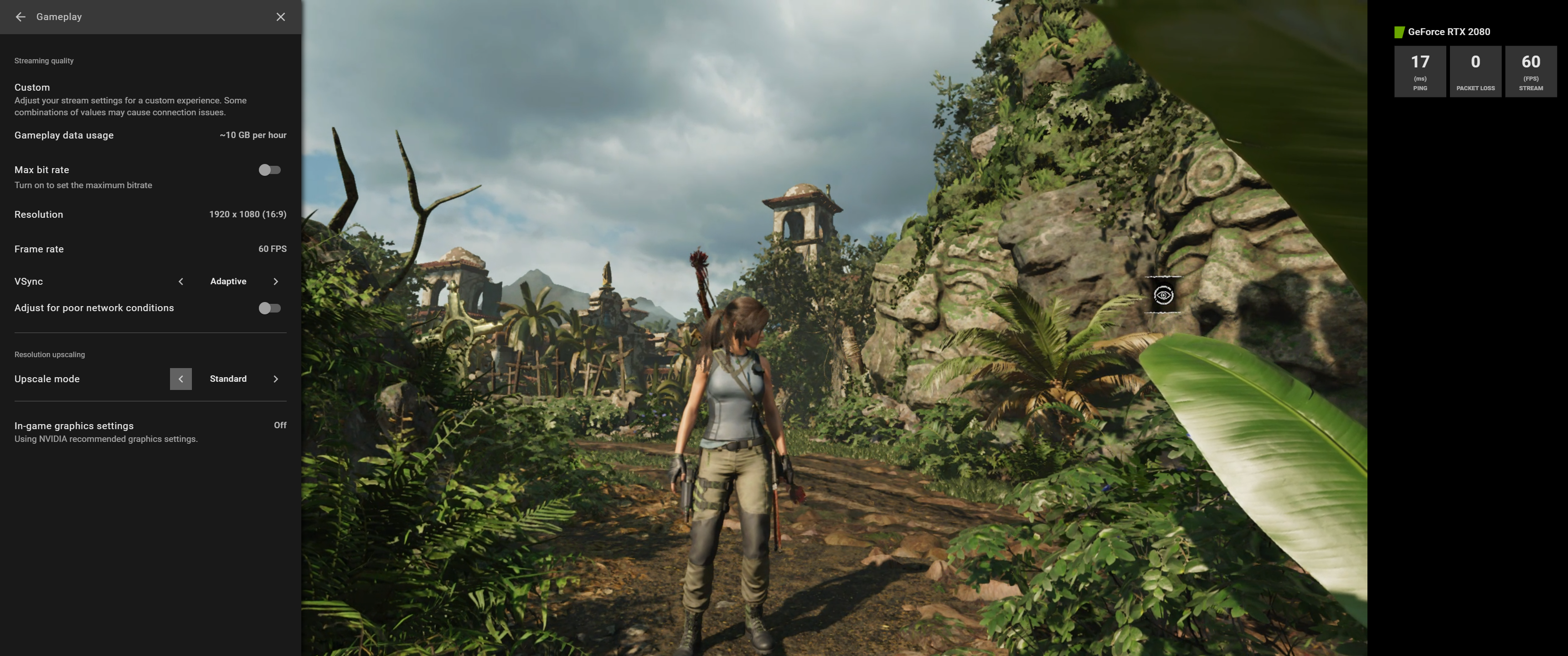



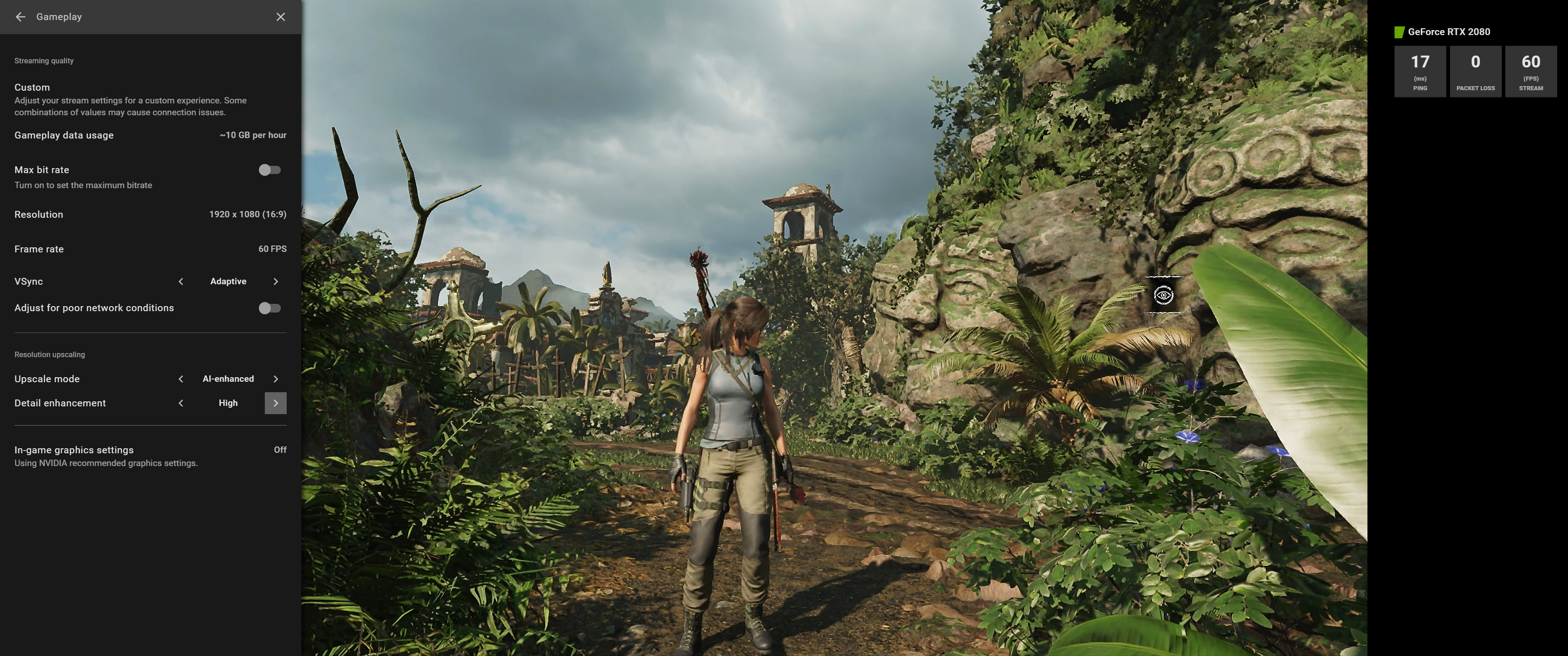
Testing was conducted on an RTX 2060 Super driving a 34' 3440x1440 ultrawide monitor, with GeForce Now's free subscription, which maxes out at 1080P 60FPS. So we are upscaling GeForce Now's game stream from 1920 x 1080 to 2560 x 1440.
In the first game I tested, Shadow of the Tomb Raider, I found the Standard image scaler to be quite blurry. But, that is expected given how cheap this solution is. Unfortunately, Square Enix's aggressive implementation of TAA in Shadow of the Tomb Raider does not help matters and makes the side effects of cheap image scaling more apparent.
When looking at the Enhanced mode, there is no perceivable difference to image quality over the Standard mode. Only when you look closely at non-moving objects, icons and text can you actually see a slight increase in the quality of the Enhanced mode. However, it's so minor that you won't even notice the difference in actual gameplay.
AI-Enhanced mode is where things start to look different, with the low mode providing definite improvements to the image, with added sharpness and clarity over the Standard and Enhanced modes.
But unfortunately, Medium mode is where things start to look worse, with the image looking quite a bit over sharpened. Then with high mode, the image looks straight up horrible, with way too much sharpening that turns the image into a pixelated mess.


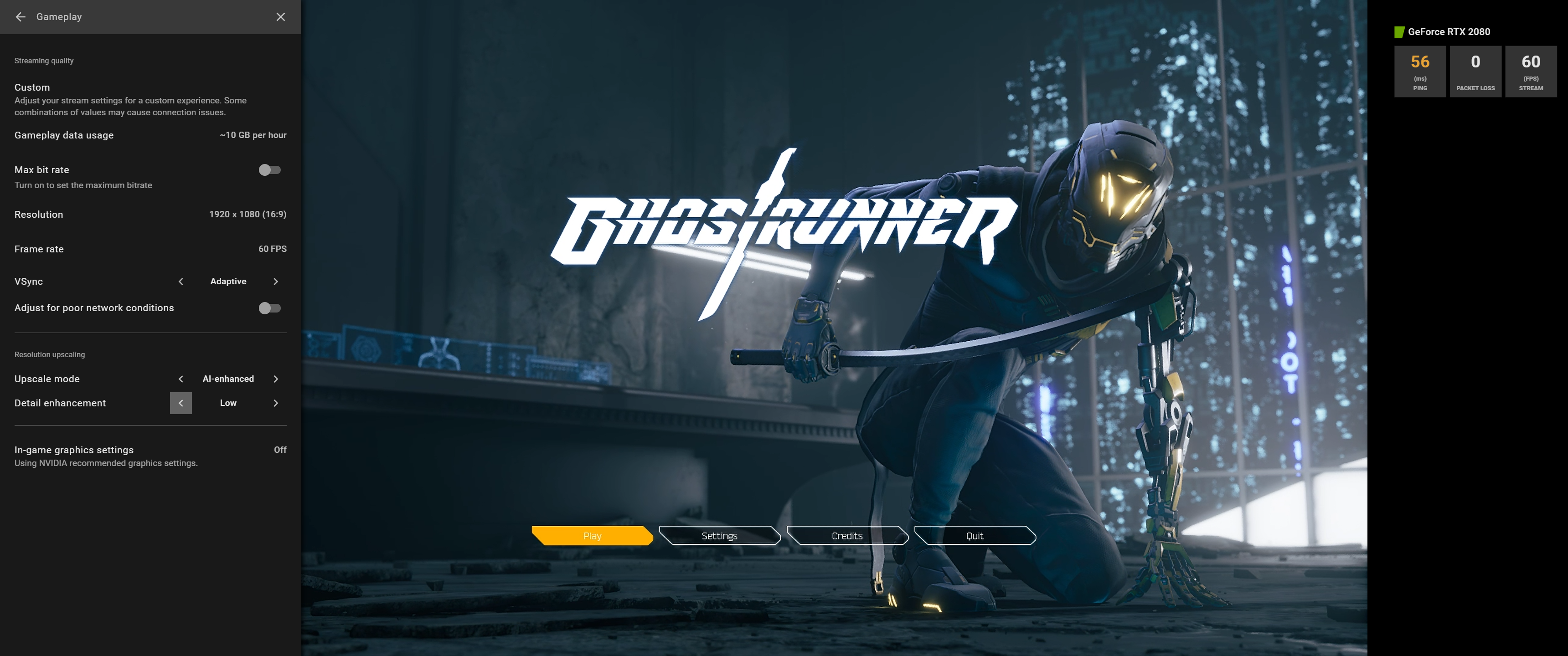
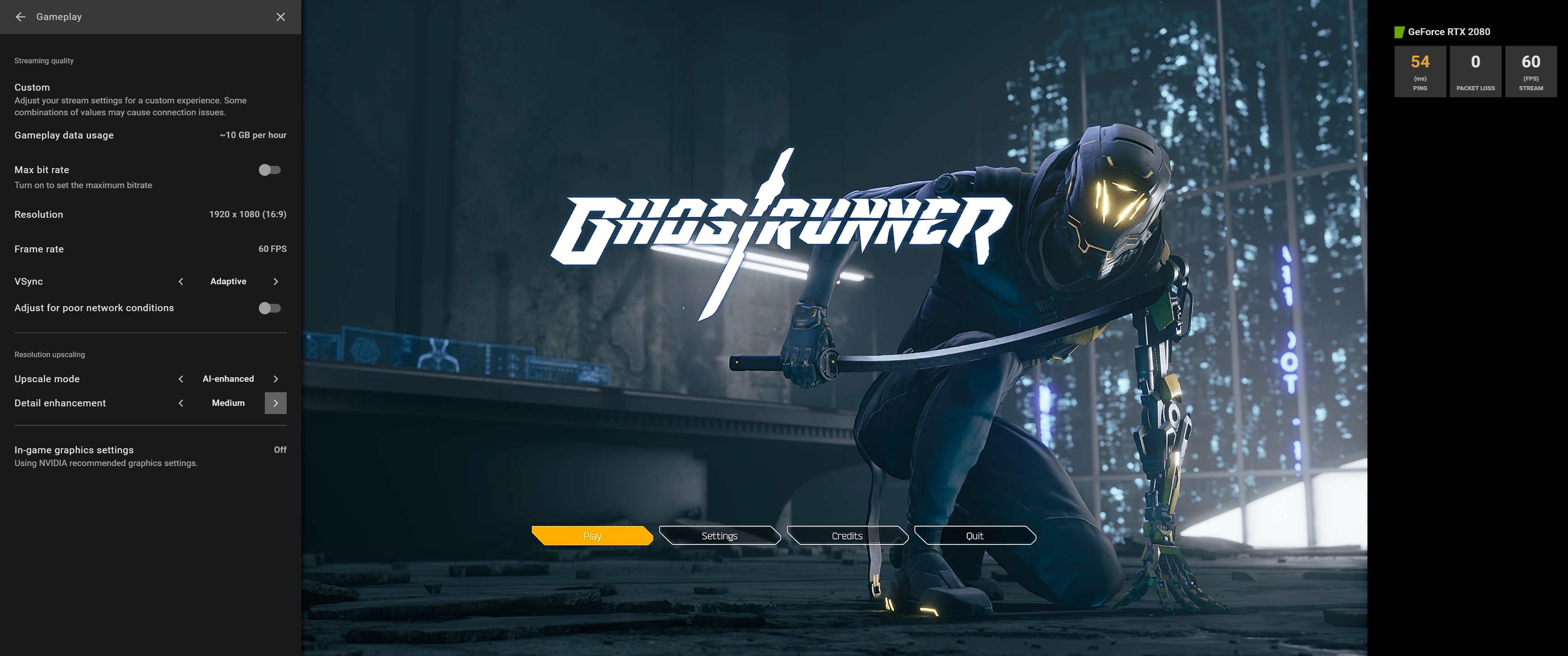
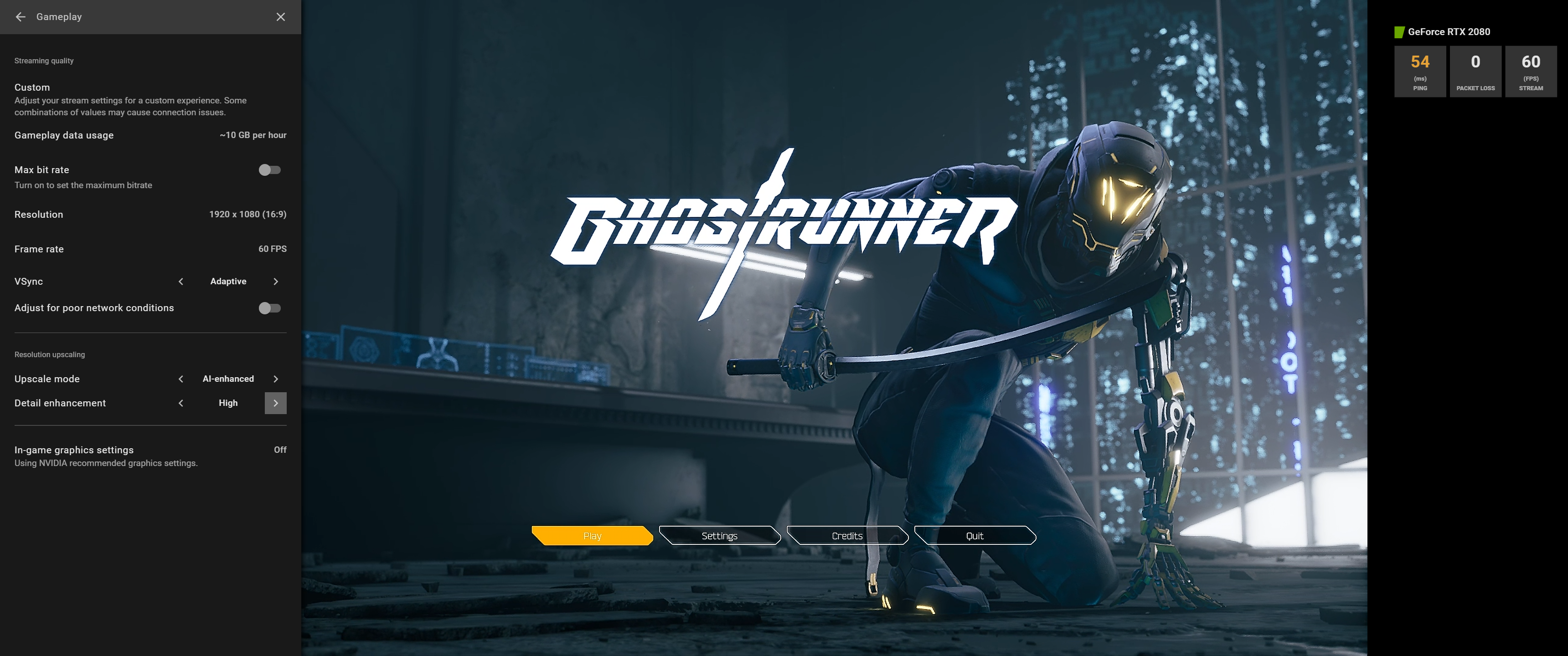
Thankfully the second game I tested, Ghostrunner, played much better with Nvidia's new image scaling options thanks to its sharper-looking Anti-Aliasing.
Like in Shadow of the Tomb Raider, the Standard and Enhanced modes barely look any different from each other. The only place you'll really notice the Enhanced mode's better image quality is in 2D text while playing the game.
In the AI-Enhanced modes, low looks arguably the best out of all the image scaler modes with just the right amount of sharpening. Depending on your display size, the medium mode also looks good and only starts to look oversharpened if you game on a very large display. High mode looks worse than medium and low with too much oversharpening.
Keep in mind that these are my personal viewpoints according to my specific setup. Your mileage will vary significantly depending on what screen size you run, what resolution you use, and what game you are playing. But in general, it appears AI-enhanced mode with the low setting is generally the best performer with a good balance of sharpness and detail.
However, I am disappointed at how much worse this AI image scaler looks compared to Nvidia's DLSS in all modes. In fact, I'd say Nvidia's NIS looks superior to this AI image upscaler Nvidia is using. But in fairness to Nvidia, this is the first release of its AI image upscaler on GeForce Now, which will hopefully get better over time, like with DLSS.

Aaron Klotz is a contributing writer for Tom’s Hardware, covering news related to computer hardware such as CPUs, and graphics cards.